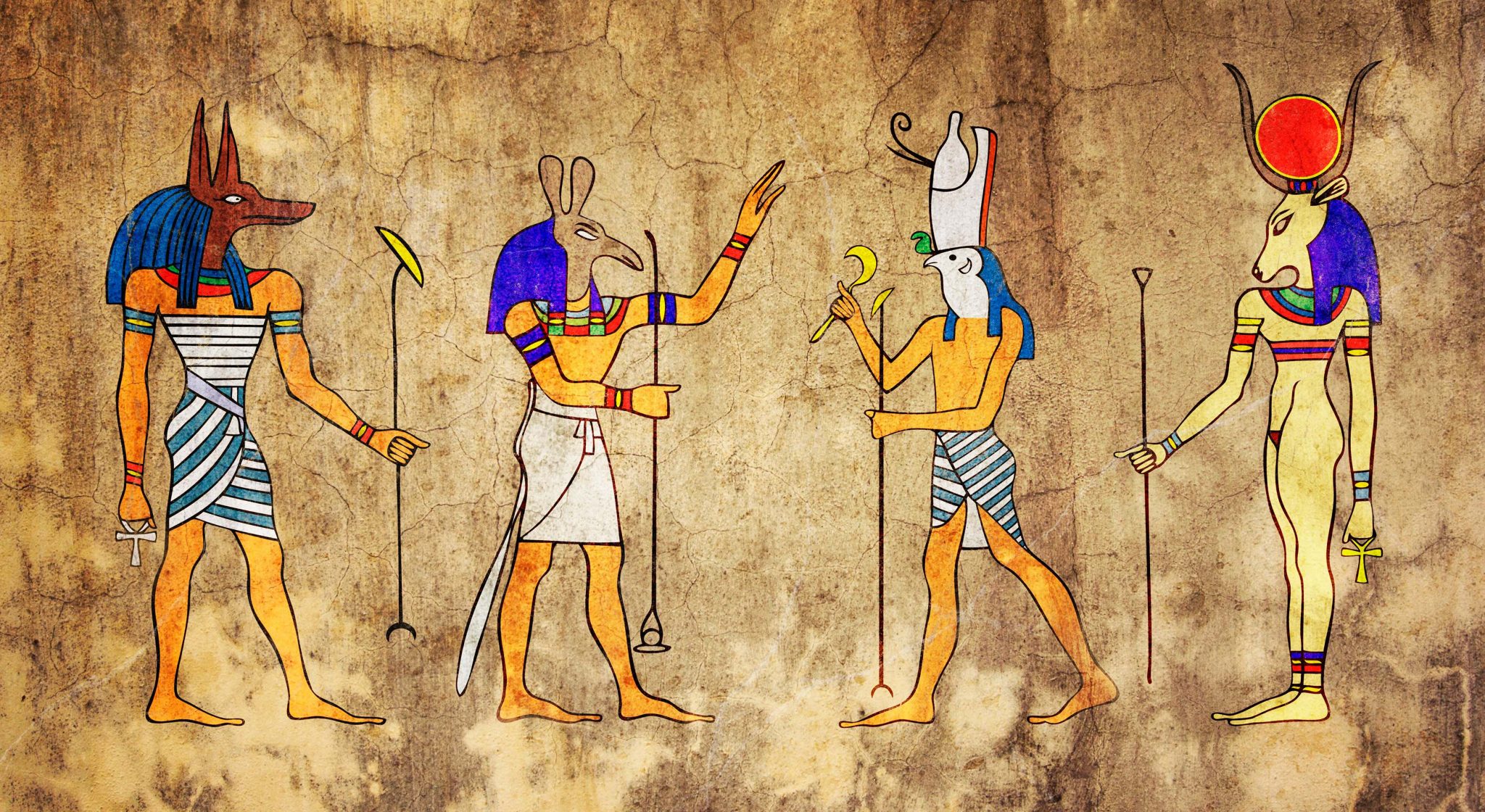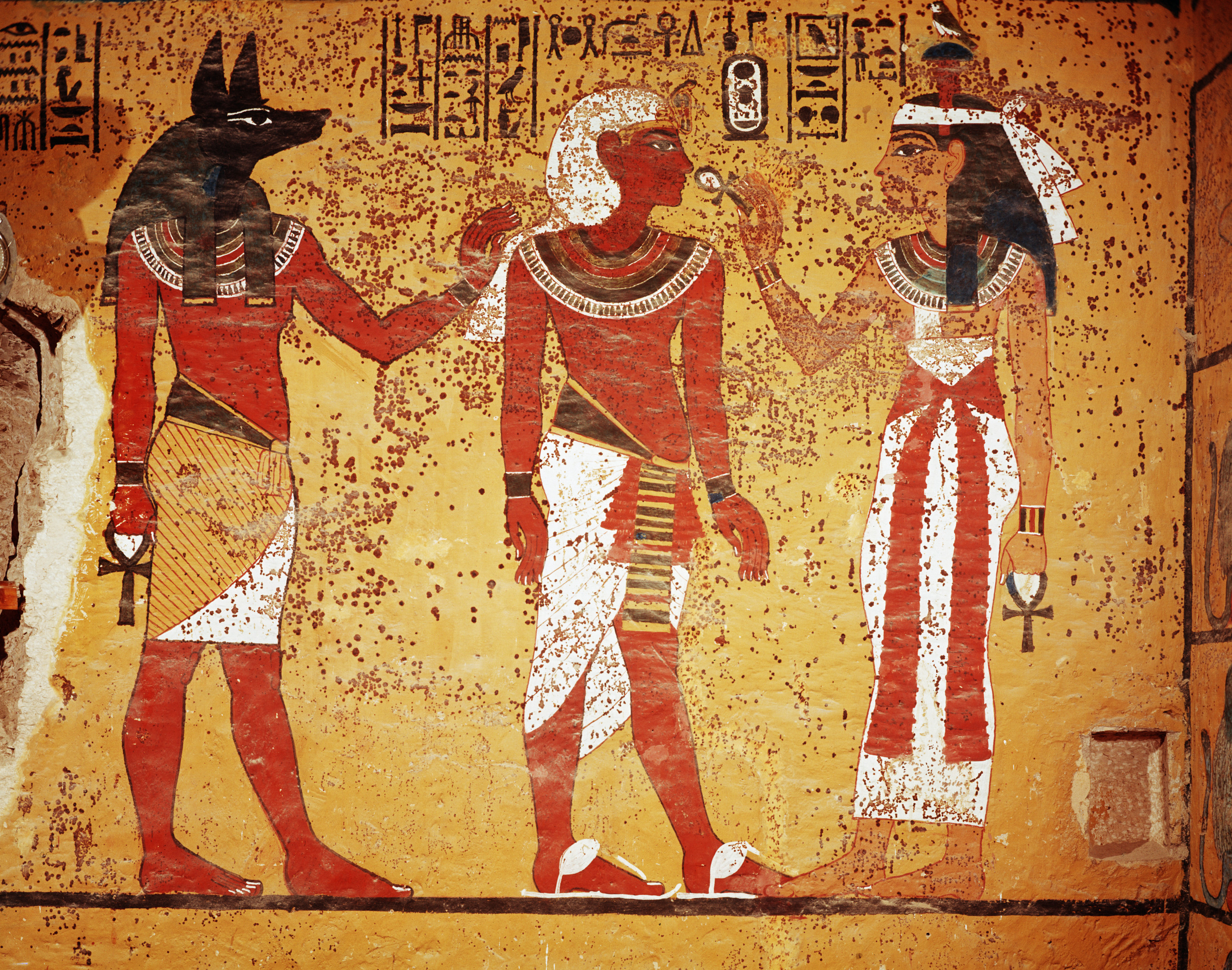Egyptians' Beliefs: The Afterlife & Death
Did you know that the ancient Egyptians, a civilization renowned for its architectural marvels and intricate belief systems, held a profoundly unique perspective on life and death? For the ancient Egyptians, the act of dying was not merely an end but the most significant undertaking one could experience. Their entire existence, from the majestic pyramids to the smallest amulets, revolved around preparing for and ensuring a successful afterlife.
Tourists from around the globe flock to the Giza pyramids in Egypt, awe-struck by these colossal structures. They stand as silent witnesses to a civilization that once housed the mummified remains of pharaohs and their families. While many of these bodies have been removed for scientific research, the enduring mystery of the pyramids fuels speculation, with some believing that undiscovered mummies still rest within their chambers.
One of the most captivating aspects of ancient Egyptian society was, undoubtedly, their religion. The Egyptians embraced a pantheon of hundreds of deities, each believed to govern different facets of the universe and human existence. These gods, from the all-powerful Ra, the sun god, to Osiris, the god of the afterlife, and Isis, the goddess of magic and motherhood, played crucial roles in shaping their worldview.
Their religious beliefs were not mere afterthoughts; they were the very foundation upon which their society was built. From the predynastic era, dating back to the 4th millennium BCE, until the decline in the first centuries CE, religion permeated every aspect of Egyptian life, from daily routines to grand-scale construction projects. Tombs, monuments, and religious texts provide a wealth of information to modern archaeologists and historians, revealing the intricacies of their beliefs and practices.
The Theban Triad, consisting of Amun, Mut, and Khonsu, held particular significance within this religious framework. The king, considered a divine figure, served as a bridge between the mortal realm and the gods, undertaking monumental constructions to guarantee his afterlife. The myth of Osiris and Isis, a tale of betrayal, resurrection, and triumph, served as a cornerstone of their beliefs, offering a roadmap for the journey beyond death.
The pursuit of immortality was paramount. The Egyptians meticulously prepared for the afterlife, believing that a successful journey required preserving the body. This explains the intricate mummification process. The ka, a spiritual double, and the ba, representing the personality, were considered essential components of the soul. They believed the ka needed the preserved body to survive. In the afterlife, they sought to continue their existence. They filled their tombs with possessions, amulets, and anything they thought they needed for the next life, even incorporating aspects of their existing life.
Public religion centered around the king and the gods, two of the most iconic features of Egyptian civilization. The king's unique status allowed him to partake in the world of the gods and construct the monumental funerary structures, reflecting a profound religious motivation.
| Aspect | Details |
|---|---|
| Name | Ancient Egyptian Religion |
| Time Period | Predynastic times (4th millennium BCE) to the first centuries CE. |
| Key Beliefs | Polytheistic, focused on the afterlife, and the importance of the king as a link between humanity and the gods. |
| Major Gods | Ra (sun god), Osiris (god of life, death, and the afterlife), Isis (goddess of magic and motherhood), Amun, Mut, and Khonsu (Theban Triad). |
| Practices | Mummification, construction of tombs and temples, elaborate rituals, and ceremonies designed to ensure a successful afterlife. |
| Central Myth | The myth of Osiris, Isis, Horus, and Set, representing themes of death, resurrection, and victory. |
| Significance | Central to ancient Egyptian identity, shaping worldview, daily life, and artistic expression. |
| Afterlife Beliefs | The Egyptians believed the afterlife was perfect, and wanted to take treasures from their life with them, as well as small amulets to keep them safe, like lucky charms. |
| Reference Website | Britannica - Ancient Egyptian Religion |
The ancient Egyptians' worldview was deeply shaped by their spiritual beliefs and their understanding of the universe. The sun god, Ra, symbolized creation, while Osiris represented the afterlife. The ancient Egyptians, for thousands of years, saw their culture focused on the afterlife. This conviction dictated their daily lives and approach to the world. The ka was thought to be created at the moment of birth, and it needed the mummified body to survive. They wanted to take the best of their life with them. This shows how profoundly important their beliefs were.
Religion was not simply a set of beliefs; it was a cultural compass, guiding every aspect of ancient Egyptian society. The intricate rituals, ceremonies, and the worship of multiple gods were all deeply ingrained in their culture. The gods, as they believed, directly influenced daily lives. The Egyptians believed in a universe where death was not an end, but a transformation. Their world would be in balance. This belief system, interwoven with social and cosmic principles, continues to fascinate and inspire people today.
In his exploration of this topic, Philomena Cunk humorously highlights the Egyptians' unique perspective, emphasizing the significance they placed on the afterlife. The gods, according to their beliefs, were involved in the daily lives of people. Bastet, a female god associated with cats, was an important deity concerning the home, fertility, and women's secrets.
The legacy of ancient Egypt endures in the form of the majestic pyramids, elaborate tombs, and their religious practices. These physical and cultural artifacts testify to their profound beliefs. They reveal a civilization where death was not something to be feared, but embraced as the most significant pursuit of life. Even in the face of all the changes in our world, Egypt and its ancient religion remain a source of fascination and a testament to the enduring human quest for meaning and immortality.


